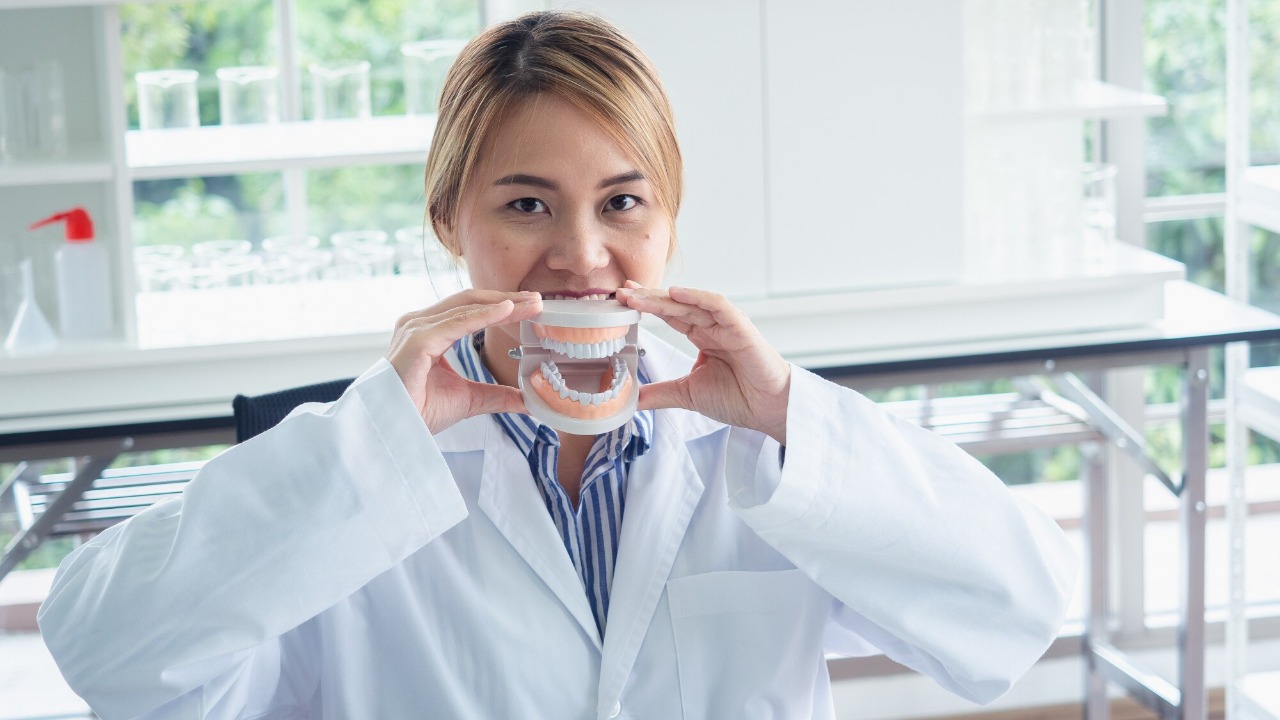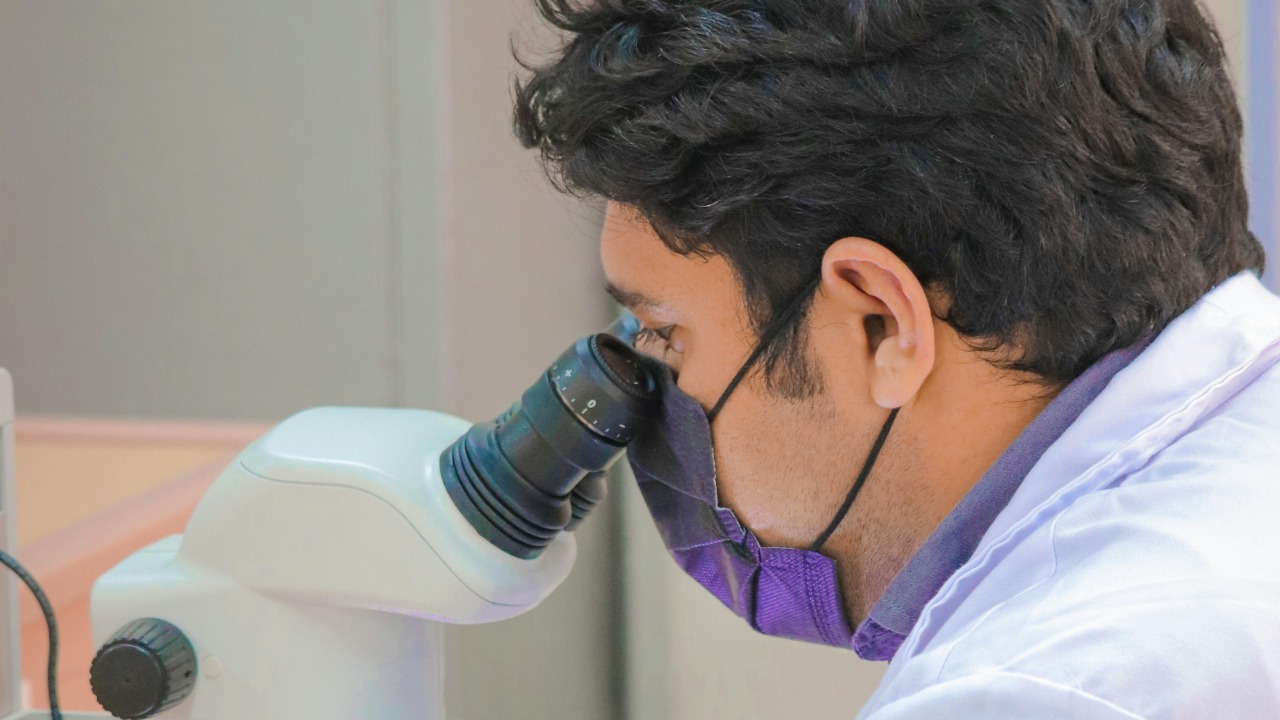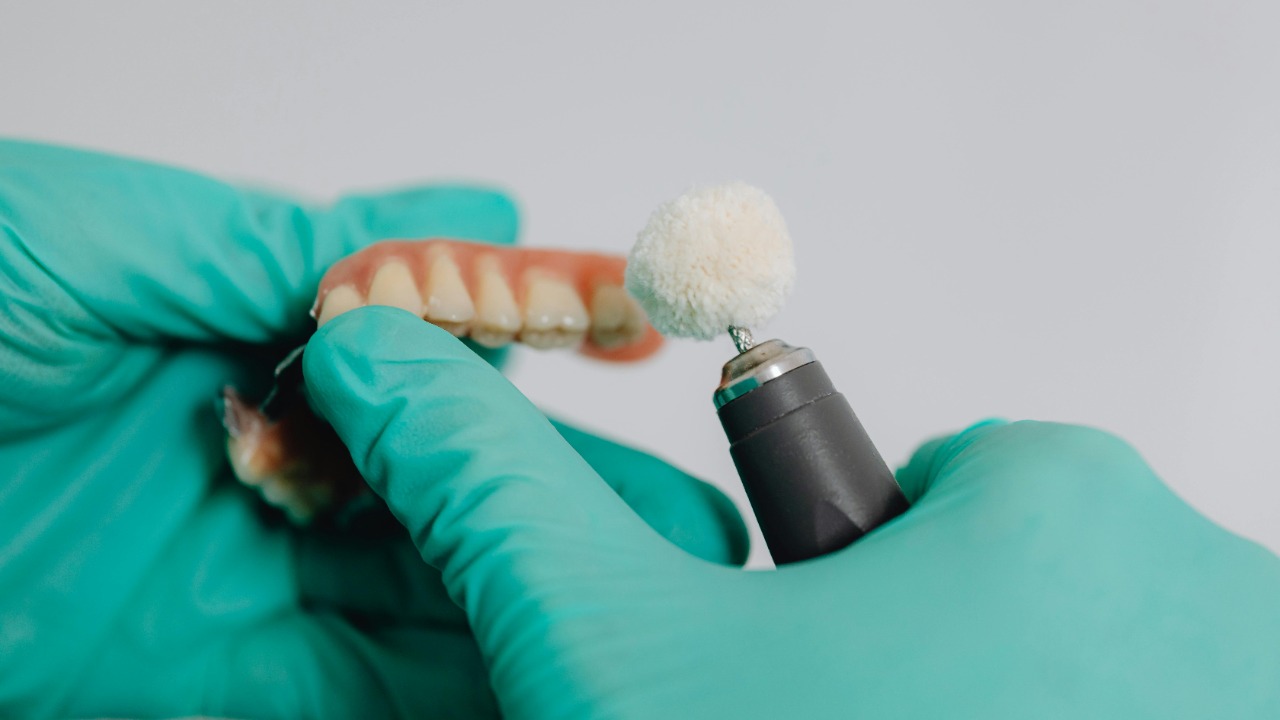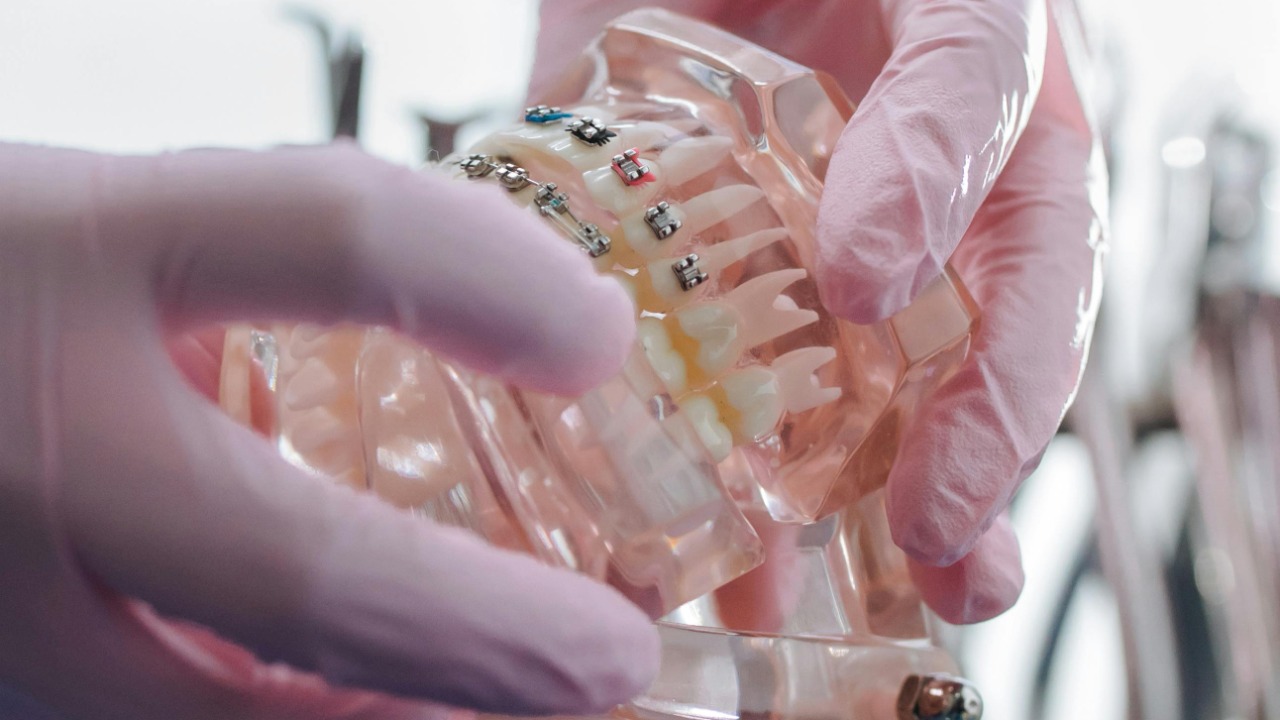
The advancement of stem cell research has opened up revolutionary possibilities in regenerative medicine, including the potential to grow human teeth. Recent breakthroughs have shown that stem cells can be used to develop fully functional teeth, offering promising alternatives to traditional dental treatments like dentures and implants. Here, we delve into the groundbreaking research and its implications for the future of dentistry.
The Science Behind Stem Cells and Tooth Regeneration

Stem cell research in dentistry primarily focuses on mesenchymal stem cells, which are known for their ability to differentiate into various types of dental tissues. These cells are harvested from sources such as bone marrow and dental pulp. Once collected, they are cultivated and coaxed into forming dental structures. The process of harvesting and cultivating these cells requires precise laboratory conditions to ensure their viability and effectiveness.
The mechanisms of tooth development using stem cell technology are indeed fascinating. Stem cells are guided through complex biological processes to initiate tooth formation. This involves intricate signaling pathways and growth factors that direct stem cells to develop into the different components of a tooth, such as enamel, dentin, and pulp. Understanding these mechanisms is crucial for advancing tooth regeneration technologies and developing effective treatments.
Recent Breakthroughs in Lab-Grown Teeth

One of the most significant studies in this field was conducted by researchers at King’s College London. They successfully grew fully functional teeth in laboratory settings, marking a monumental step in regenerative dentistry. Clinical trials have also been promising, showcasing the potential for these lab-grown teeth to be transplanted and integrated into human jaws, paving the way for future applications.
Technological advancements have played a crucial role in facilitating tooth regeneration. Techniques such as 3D printing and the use of biomaterials have improved the efficiency and success rates of creating lab-grown teeth. These innovations ensure that the structural integrity and aesthetic appearance of the teeth are maintained, making stem cell-derived teeth a viable alternative to traditional dental prosthetics.
Benefits of Stem Cell-Derived Teeth Over Traditional Methods

When comparing lab-grown teeth to conventional methods such as dentures and implants, stem cell-derived teeth offer several advantages. They are expected to be more durable and functional, closely mimicking natural teeth. This results in improved biting and chewing capabilities, as well as a more natural appearance. Additionally, the long-term oral health benefits are substantial, with a reduced risk of complications such as infections and gum disease.
The potential economic and psychological impacts of stem cell-derived teeth are also noteworthy. Although the initial costs may be high, the long-term cost-effectiveness of these therapies is promising. Patients may experience a psychological boost and an improved quality of life, as naturally regrown teeth can enhance self-esteem and confidence, contributing to overall well-being.
Challenges and Ethical Considerations

Despite the promising progress, there are several technical challenges in stem cell research for dentistry. Current limitations include the difficulty in controlling cell differentiation and ensuring the structural and functional integrity of the regenerated teeth. Ongoing research aims to address these challenges by refining techniques and improving the predictability of outcomes.
The ethical and regulatory implications of using stem cells in medical treatments cannot be overlooked. There are ongoing debates regarding the ethical sourcing and application of stem cells, particularly when dealing with embryonic stem cells. The regulatory landscape is evolving, with authorities working to establish guidelines and standards to ensure the safe and effective use of stem cell technologies in dentistry.
Future Directions and Possible Applications

The future of dental stem cell therapies is bright, with numerous innovations on the horizon. Researchers are exploring ways to enhance the effectiveness of tooth regeneration by developing new techniques and materials. Ongoing projects and collaborations aim to push the boundaries of what’s possible in dental stem cell therapy, potentially leading to more accessible and effective treatments for various dental conditions.
The implications of breakthroughs in dental stem cell research extend beyond dentistry. These advancements could influence other areas of regenerative medicine, offering insights into how stem cells can be used to address a wide range of medical conditions. The potential of stem cell technology to revolutionize the treatment of various diseases and injuries is immense, promising a new era of regenerative health care.